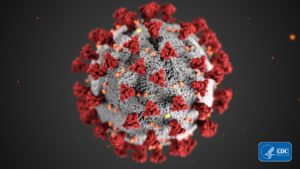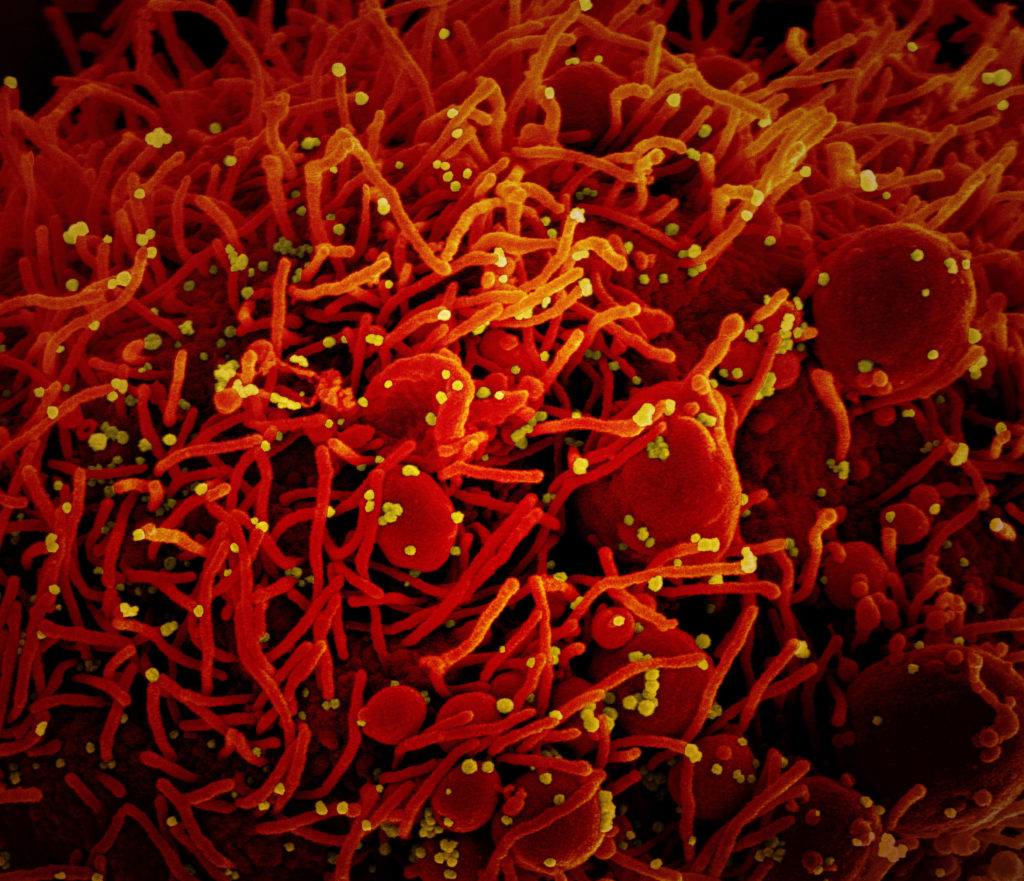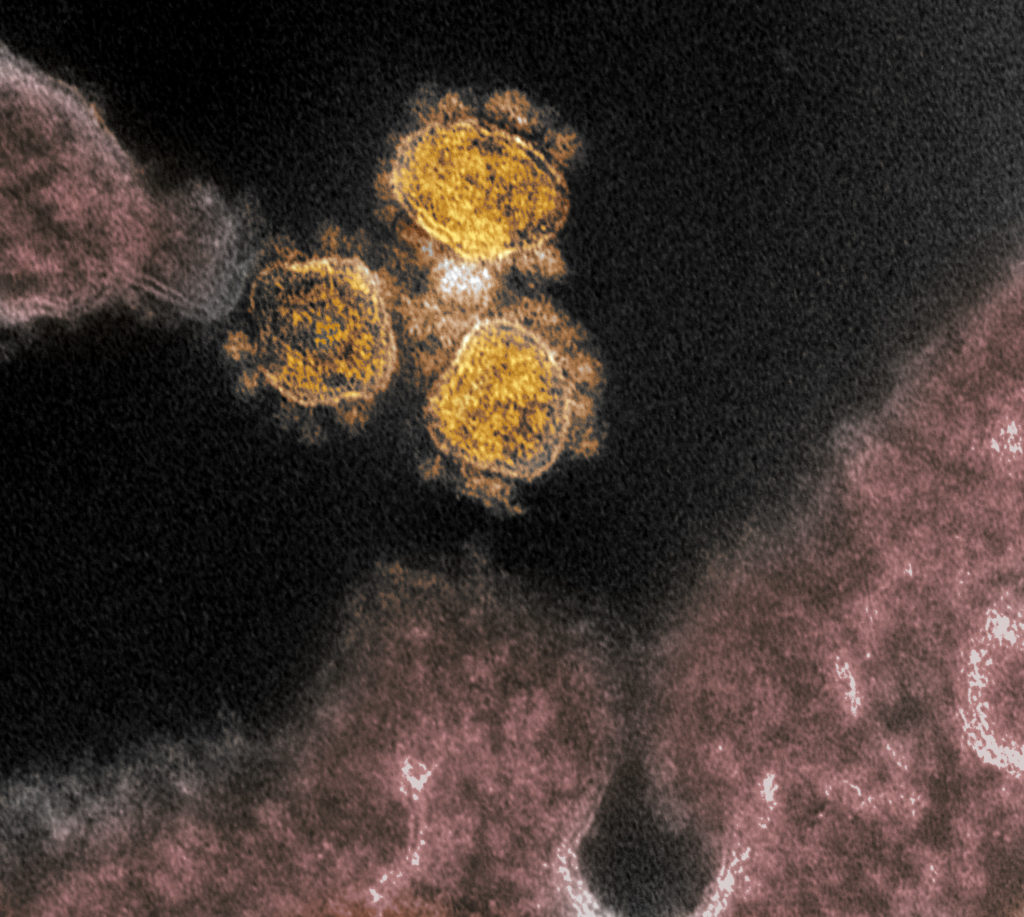
OSHA establishes new COVID-19 biz recording rules, will increase physical inspections
By onAnnouncements | Business Practices | Education | Legal | Repair Operations
Auto body shop owners whose employees come down with the COVID-19 coronavirus might need to record it using revised rules OSHA unveiled Tuesday.
The Occupational Safety and Health Administration said companies must record any “work-related” COVID-19 cases meeting at least one of OSHA’s “general recording criteria … such as medical treatment beyond first aid or days away from work.” The agency also announced Tuesday it would step up inspections as the economy re-opens.
“Recording a COVID-19 illness does not, of itself, mean that the employer has violated any OSHA standard,” OSHA technical support and emergency management acting director Lee Anne Jillings and enforcement programs acting director Patrick Kapust wrote in a memo Tuesday.
Body shops and other companies with 10 or fewer employees don’t need to keep such records, nor do certain low-hazard businesses, unless the COVID-19 causes a “fatality, in-patient hospitalization, amputation, or loss of an eye” per §1904.39.
Essential businesses have criticized the idea of an employee with COVID-19 being automatically assumed to have gotten it on the job, and OSHA recognizes the possibility the worker contracted the coronavirus somewhere else.
“Given the nature of the disease and community spread, however, in many instances it remains difficult to determine whether a coronavirus illness is work-related, especially when an employee has experienced potential exposure both in and out of the workplace,” OSHA wrote in a news release Tuesday. “OSHA’s guidance emphasizes that employers must make reasonable efforts, based on the evidence available to the employer, to ascertain whether a particular case of coronavirus is work-related.”
Jillings and Kapust’s Tuesady memo offered perspective on how regulators and employers should reasonably decide if the employee’s COVID-19 is “work-related.”
Regulators shouldn’t expect an employer to be Gregory House, M.D., according to the OSHA directors.
“Employers, especially small employers, should not be expected to undertake extensive medical inquiries, given employee privacy concerns and most employers’ lack of expertise in this area,” Jillings and Kapust wrote. “It is sufficient in most circumstances for the employer, when it learns of an employee’s COVID-19 illness, (1) to ask the employee how he believes he contracted the COVID-19 illness; (2) while respecting employee privacy, discuss with the employee his work and out-of-work activities that may have led to the COVID-19 illness; and (3) review the employee’s work environment for potential SARS-CoV-2 exposure. The review in (3) should be informed by any other instances of workers in that environment contracting COVID-19 illness. …
“The evidence that a COVID-19 illness was work-related should be considered based on the information reasonably available to the employer at the time it made its work-relatedness determination. If the employer later learns more information related to an employee’s COVID-19 illness, then that information should be taken into account as well in determining whether an employer made a reasonable work-relatedness determination.”
Jillings and Kapust said there’s no “ready formula” to decide coronavirus work-relatedness, but they offered some examples of how to make such a call:
° COVID-19 illnesses are likely work-related when several cases develop among workers who work closely together and there is no alternative explanation.
° An employee’s COVID-19 illness is likely work-related if it is contracted shortly after lengthy, close exposure to a particular customer or coworker who has a confirmed case of COVID-19 and there is no alternative explanation.
° An employee’s COVID-19 illness is likely work-related if his job duties include having frequent, close exposure to the general public in a locality with ongoing community transmission and there is no alternative explanation.
° An employee’s COVID-19 illness is likely not work-related if she is the only worker to contract COVID-19 in her vicinity and her job duties do not include having frequent contact with the general public, regardless of the rate of community spread.
° An employee’s COVID-19 illness is likely not work-related if he, outside the workplace, closely and frequently associates with someone (e.g., a family member, significant other, or close friend) who (1) has COVID-19; (2) is not a coworker, and (3) exposes the employee during the period in which the individual is likely infectious.
° CSHOs should give due weight to any evidence of causation, pertaining to the employee illness, at issue provided by medical providers, public health authorities, or the employee herself. (Minor formatting edits.)
If the employer is genuinely, in good faith still torn on if the employee’s COVID-19 likely occurred on the job, then the tie goes towards not having to record the incident.
“If, after the reasonable and good faith inquiry described above, the employer cannot determine whether it is more likely than not that exposure in the workplace played a causal role with respect to a particular case of COVID-19, the employer does not need to record that COVID-19 illness,” Jillings and Kapust wrote. “In all events, it is important as a matter of worker health and safety, as well as public health, for an employer to examine COVID-19 cases among workers and respond appropriately to protect workers, regardless of whether a case is ultimately determined to be work-related.”
It’s possible some body shops and other employers are doing a lousy job of protecting employees from COVID-19; we covered one worker’s account here. The CDC will be watching out for that, according to another memo from Kapust issued Tuesday.
“The most current CDC guidance should be consulted in assessing potential workplace hazards and to evaluate the adequacy of an employer’s protective measures for workers,” Kapust wrote. “Where the protective measures implemented by an employer are not as protective as those recommended by the CDC, the CSHO should consider whether employees are exposed to a recognized hazard and whether there are feasible means to abate that hazard.”
More information:
“U.S. DEPARTMENT OF LABOR ADOPTS REVISED ENFORCEMENT POLICIES FOR CORONAVIRUS”
Department of Labor, May 19, 2020
“Revised Enforcement Guidance for Recording Cases of Coronavirus Disease 2019 (COVID-19)”
Lee Anne Jillings, Patrick Kapust, OSHA, May 19, 2020
“Updated Interim Enforcement Response Plan for Coronavirus Disease 2019 (COVID-19)”
Patrick Kapust, OSHA, May 19, 2020
CDC COVID-19 portal for businesses
“Ask the Experts – How Professional Restorers Deal with “Disinfecting” Vehicles”
Society of Collision Repair Specialists, April 28, 2020
CDC interim COVID-19 guidance for businesses
CDC guidance for businesses with suspected/confirmed COVID-19 cases
CDC COVID-19 FAQ for businesses
Environment Protection Agency “List N” of COVID-19 disinfectants
Centers for Disease Control COVID-19 coronavirus portal
Images:
This Centers for Disease Control and Prevention image depicts a coronavirus. The novel coronavirus “Severe Acute Respiratory Syndrome coronavirus 2” (SARS-CoV-2) is linked to a respiratory illness first detected in Wuhan, China. The medical condition has been named “coronavirus disease 2019” (COVID-19). (Alissa Eckert and Dan Higgins/CDC)
An apoptotic cell, red, is infected with SARS-COV-2 COVID-19 coronavirus particles, yellow, in this colorized scanning electron micrograph image. (National Institute of Allergy and Infectious Diseases; https://creativecommons.org/licenses/by/2.0/legalcode)
A colorized transmission electron microscope image shows COVID-19 SARS-CoV-2 virus particles, gold, emerging from lab-cultured cells. (Rocky Mountain Laboratories/National Institute of Allergy and Infectious Diseases; https://creativecommons.org/licenses/by/2.0/legalcode)


